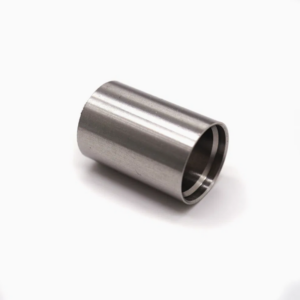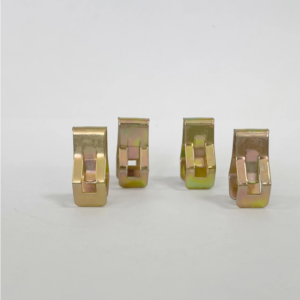In the fast-paced world of manufacturing, achieving higher production efficiency without compromising quality is a top priority for most industries. One innovative solution that’s making significant waves is multi-spindle machining. At Topmetalstamping, we specialize in providing advanced machining services that incorporate multi-spindle technology, designed to optimize your production processes, reduce cycle times, and increase throughput. In this article, we’ll explore the intricacies of multi-spindle machining, its advantages, and the types of machines that use this technology to help you understand if it’s the right fit for your manufacturing needs.
What is Multi-Spindle Machining?
Multi-spindle machining is a highly efficient manufacturing process that involves the use of machines equipped with multiple spindles that can simultaneously perform operations on several parts or multiple areas of the same part. Unlike traditional single-spindle machines, which work on one part at a time, multi-spindle machines can handle several workpieces simultaneously, drastically reducing cycle times and enhancing overall throughput.
This method is widely used for high-volume production of components that require repetitive operations such as drilling, turning, and threading. Multi-spindle machines come in various configurations, from simpler two-spindle models to highly complex machines with dozens of spindles, depending on the task at hand. The flexibility and efficiency of multi-spindle machining make it indispensable for industries such as aerospace, automotive, electronics, and more.
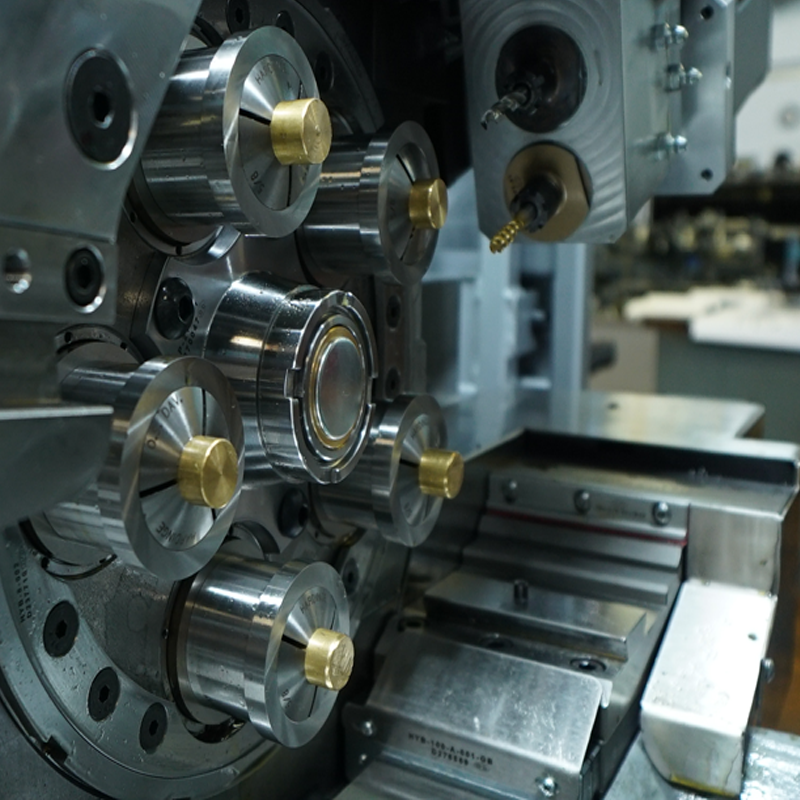
How Does Multi-Spindle Machining Work?
Multi-spindle machining operates by utilizing a machine with several spindles, each independently performing a designated operation. The parts are typically held in a rotating fixture or turret, which ensures that each spindle aligns correctly with its designated workpiece area. A central Computer Numerical Control (CNC) system coordinates the actions of each spindle to ensure precision, synchronized operation, and minimal errors.
Each spindle can perform various operations on the workpieces, such as turning, drilling, milling, or tapping, all at the same time. This simultaneous execution of tasks allows for faster cycle times compared to traditional machining processes, where each operation must be performed sequentially on one part.
Key Advantages of Multi-Spindle Machining
The efficiency and versatility of multi-spindle machining provide several distinct advantages, making it the preferred choice for mass production applications. These advantages include:
-
Increased Productivity
Multi-spindle machines can work on multiple parts or operations at once, which significantly reduces cycle times. This dramatic increase in productivity helps meet the demand for high-volume production runs and accelerates overall production schedules.
-
Cost Savings
While multi-spindle machines often come with a higher upfront cost, their ability to perform multiple tasks at once leads to faster production, lower labor costs, and reduced handling times. Over time, the savings in labor and operational costs typically outweigh the initial investment.
-
Enhanced Precision and Consistency
Multi-spindle machines are designed for high-precision work. Since all spindles operate in synchronization, the resulting parts have a higher level of consistency. This minimizes the possibility of defects, ensuring that each part meets tight tolerances and quality standards.
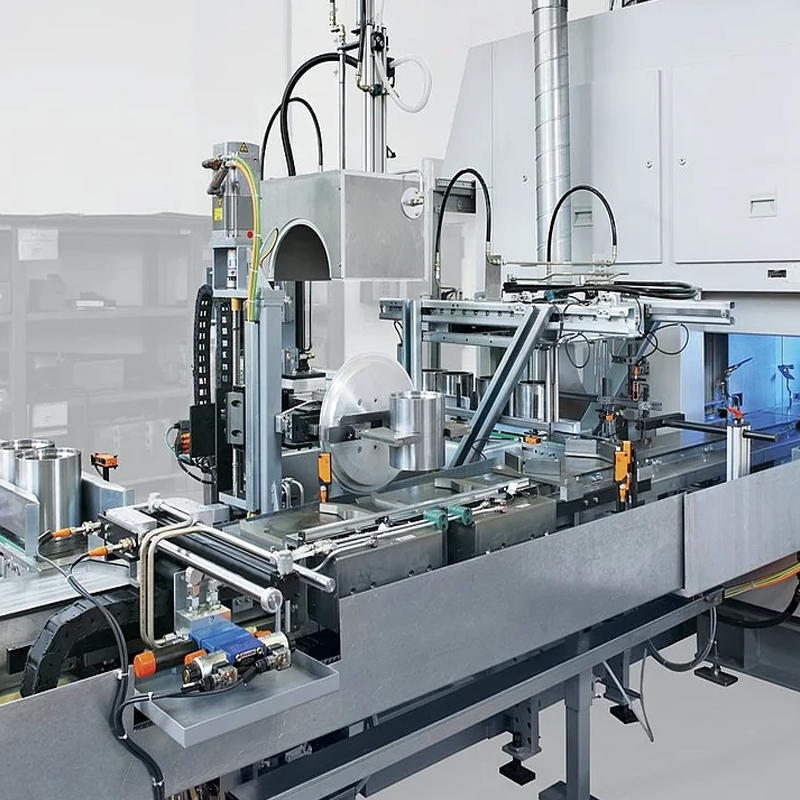
-
Space Efficiency
For facilities with limited floor space, multi-spindle machines are an attractive option. These machines are typically more compact than using multiple single-spindle machines to perform the same number of operations. This helps optimize available shop floor space while maintaining high production volumes.
-
Reduced Tool Change Time
Tool changes in multi-spindle machines are often performed in parallel, meaning that the time spent waiting for tool swaps is significantly reduced compared to single-spindle systems, where each machine requires individual tool changes.
Types of Multi-Spindle Machines
Several types of multi-spindle machines are used across various industries, each suited to specific types of operations:
-
Fixed-Headstock Machines
Fixed-headstock machines feature a stationary workpiece holder, with spindles moving around the workpiece. This type of machine is commonly used for turning operations and is often found in automatic bar machines.
-
Rotary-Headstock Machines
Rotary-headstock machines have spindles that rotate around the workpiece, allowing for faster and more efficient transitions between spindles. This type of machine is particularly useful in high-speed, multi-operation environments like automotive and aerospace manufacturing.
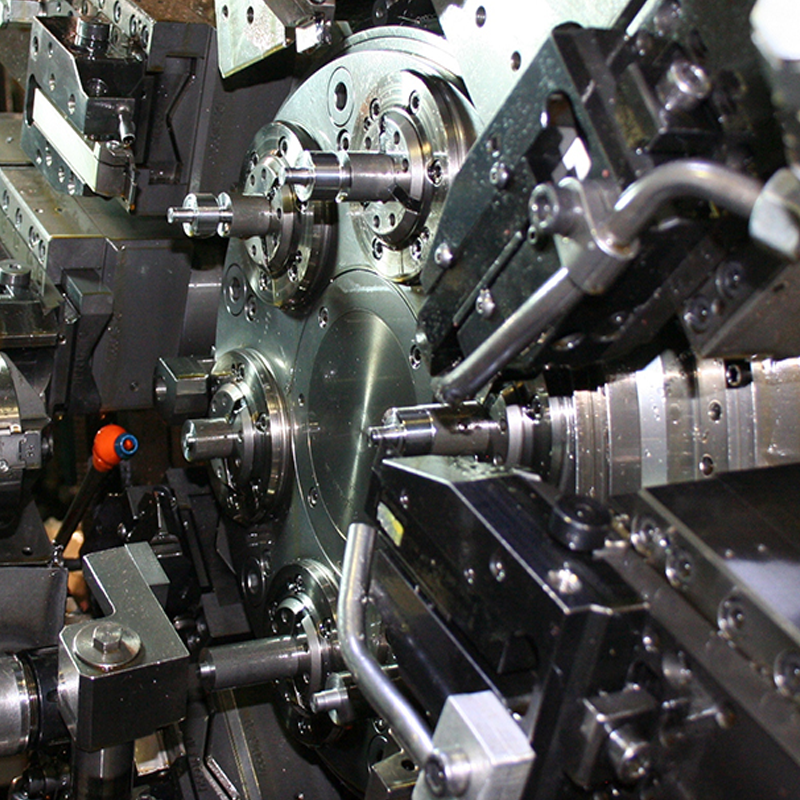
-
Transfer Machines
Transfer machines are specialized multi-spindle systems designed for high-volume production. The workpiece is moved from one spindle to another in a controlled, synchronized manner. As the part moves through each spindle station, different operations are performed. These machines are ideal for mass production lines where parts undergo multiple operations in a seamless flow.
-
Radial Drilling Machines
Radial drilling machines are used for precise drilling operations on multiple parts simultaneously. The machine’s radial arm holds the spindles in place, which can be adjusted to access different areas of the workpiece. This design allows for precise and synchronized drilling across multiple parts.
Comparing Multi-Spindle to Single-Spindle Machining
When deciding between multi-spindle and single-spindle machining, there are several factors to consider:
-
Production Speed
Multi-spindle machines offer significant speed advantages, particularly in high-volume production. By performing multiple operations simultaneously, multi-spindle machines can produce parts much faster than single-spindle machines, which can only handle one part at a time.
-
Flexibility and Complexity
Single-spindle machines tend to be more versatile, particularly for handling complex geometries or intricate operations. Multi-spindle machines, while specialized, excel at high-volume, repetitive tasks but require more time and setup when dealing with parts that have varied shapes or intricate details.
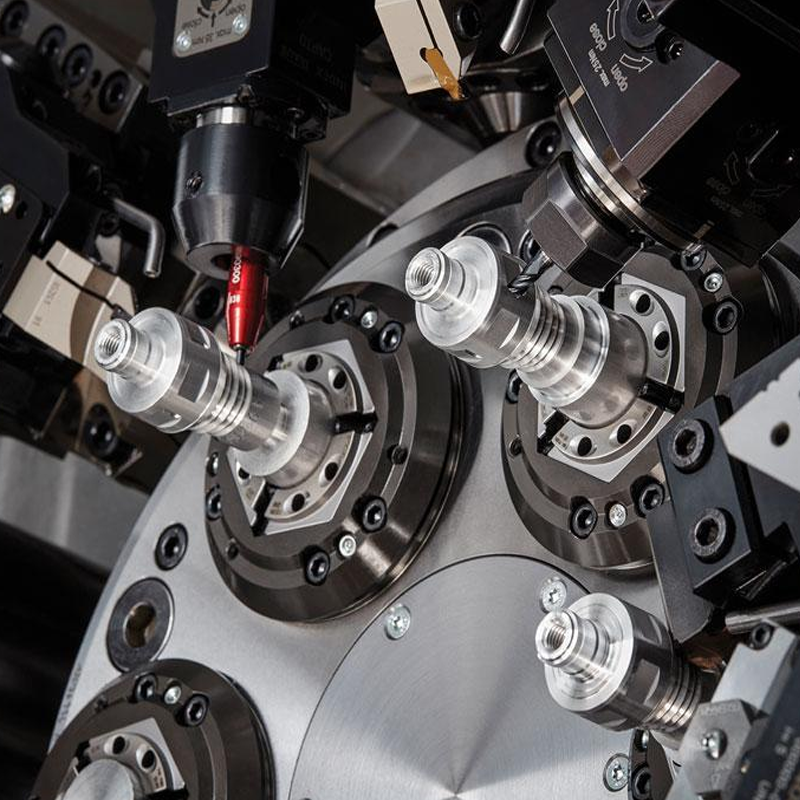
-
Cost Efficiency
While multi-spindle machines involve a higher initial investment, they provide long-term cost savings through increased productivity and reduced labor costs. In contrast, single-spindle machines may have lower upfront costs but become less efficient when scaled for large production runs.
-
Precision and Quality
Both types of machines can deliver high-precision parts. However, single-spindle machines offer more fine-tuned control for specialized operations, while multi-spindle machines are designed to maintain precision across all spindles, which may require more careful calibration.
-
Space and Maintenance
Single-spindle machines require less space and have simpler maintenance protocols, making them easier to manage on the shop floor. Multi-spindle machines, though larger and more complex, reduce the number of machines needed and improve overall production efficiency.
Parts Made Using Multi-Spindle Machining
Multi-spindle machining is ideal for the mass production of parts that require repetitive operations. Some common components made using multi-spindle machines include:
– Spacers
– Bushings
– Fasteners (Bolts, Screws, Nuts)
– Pins
– Plates and Discs
– Gears
– Rotors
– Valve Components
– Clamps and Brackets
– Fittings and Connectors
Conclusion
Multi-spindle machining is a powerful tool for industries looking to streamline their production process, reduce cycle times, and enhance productivity. Whether you need to manufacture parts such as spacers, bushings, or fasteners, multi-spindle machining offers speed, efficiency, and significant cost savings.
At Topmetalstamping, we specialize in advanced machining solutions tailored to meet the unique needs of your production requirements. If you’re ready to take your manufacturing process to the next level, don’t hesitate to reach out to us. Our team of experts is here to provide you with tailored advice and help you determine the best machining solution for your business. Contact us today for more information and to receive a personalized quote.


